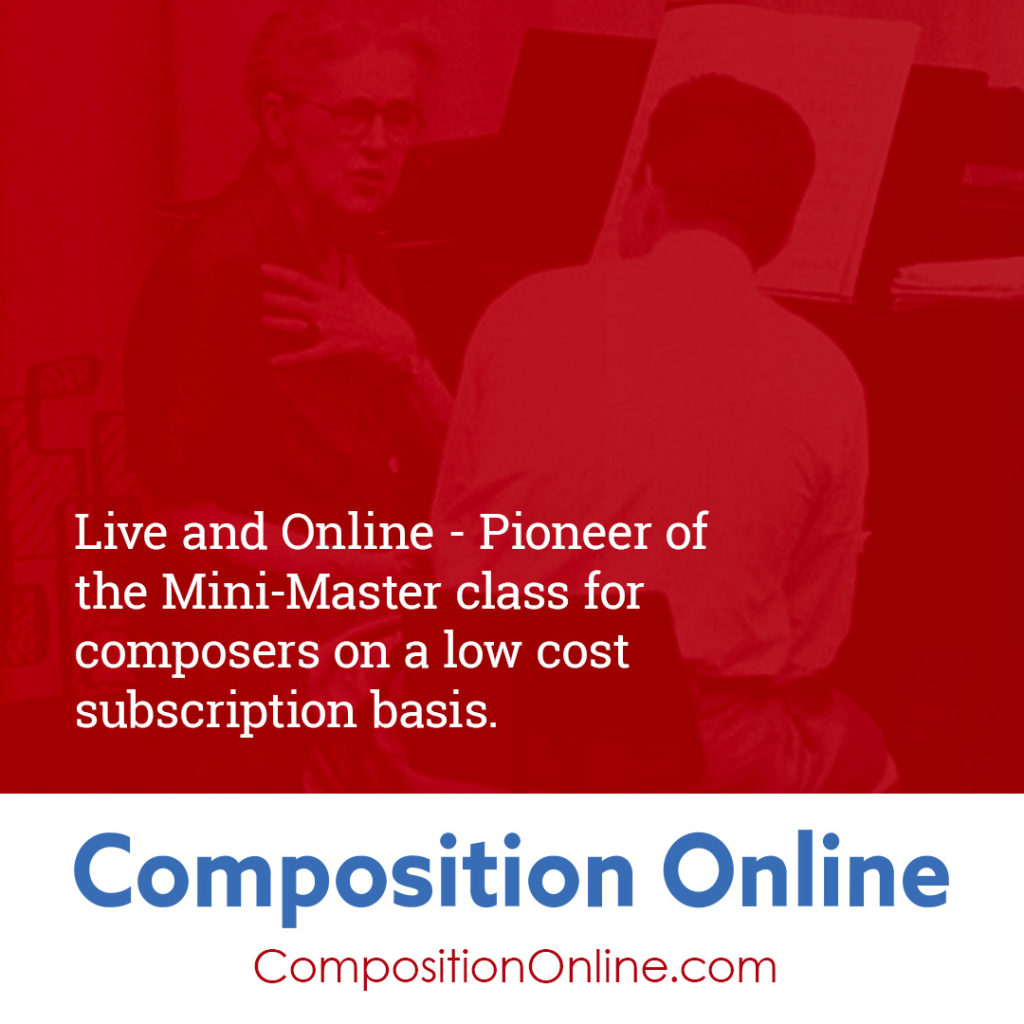Just The Right Next Note
The Stuff They Don’t Teach In Music Composition School
I recently came across a facsimile manuscript of a Beethoven work for a chamber group, filled with cross outs, crowded changes, extended musical staves with additional notes and margins, a calligraphic mess. Beethoven’s sloppy scores containing ingenious music are the stuff of legends. But what does this tell us about the compositional process?

The hunt was on. Beethoven was searching for Just The Right Next Note (or passage), not satisfied with a musically correct one, but the very best choice. Yes, the key word here is choice; the mathematical possibilities of choices for next notes or passages is seemingly endless, but consistently making the best choices along the way is the make or break goal. How is that achieved? Keep reading.
It wasn’t until I learned to compose effectively with modern music notation software (i.e. word processing for music notation) and in my late period that I began to understand why the Beethoven sketches are so sloppy. In order to compose music that has real drive and what I call the Principal of Musical Inevitability, it takes an enormous effort to find the most exciting notes to follow all the notes that have come beforehand. Manual transcription is very difficult to achieve during the compositional process. The pen or pencil gets in the way. Modern notation programs make it easier to find just the right next note to follow and notate (and save) the choices more quickly. Herr Beethoven, I get it – the struggle was writing it down as quickly as you heard it. Mozart was the exception – doing all the sketching and simultaneously in his head. There are no Mozart sketches, only final scores. For those of us composing at a high level (particularly late in life composers) there are very few sketches. The preponderance of composition and editing takes place in silent thought.
The Principle of Musical Inevitability
CcGreat composers hear music and make choices based upon their best perception of the human experience and how we hear music – vertically (a moment in time), linearly (moving forward), and contextually retrospective (current musical sounds in relationship to what has been heard previously)
The Compositional Technique For Achieving Musical Inevitability
First things first. Before one can consistently compose exciting music that maintains continued interest from beginning to end, a composer must be facile and at ease with the Primary Techniques Of Composition (Hint – they have little to do with harmony!). With these syntactic tools firmly under control, here are the steps that embrace this essential technique:
- Playback of the score composed thus far in your mind (not physically or electronically. Understand and feel the musical and emotional gestures, whether motivically, short phrases, or large movements. Keep all that precedes the moment at top of mind (including multi-movement works).
- Let your mind’s ear take you to the next note and section, while maintaining a keen awareness of all your compositional tools at all times.
- Edit, edit, and edit some more.
- Come back another time and listen again with a fresh ear (in silence). Keep editing.
Tension And Release Sensitivity – Not The Kind You Would Think
The concept of tension and release is generally associated with the cadential resolution of a dissonant chord to a consonant chord. But there is another type of tension and release that advanced composers are especially sensitive towards, particularly as directed towards the goal of achieving Musical Inevitability.
Skilled composers look at tension and release across time horizons and in an adjusted manner. They look at how and when to crank up the tension AND BY HOW MUCH, and in relation to what has occurred previously in the music. This is really complicated stuff, and composers rely heavily on instinct to identify and relate to the peaks and valleys. Composers are looking at and identifying the depth of the valleys preceded emotionally, the heights of the emotional peaks that are to come, and measure/grade them to maintain drive, avoid disinterest, establish and mini and grand arches, and work towards the final resolution through release to end the piece. This is not mathematical, but it is very much a part of the conscience creative process and planning.
In multi-movement pieces, this is even harder to achieve. Each movement, film cue, song, aria, instrumental interlude, must work on its own as an independent/standalone work. However, to compose effective music for a large scale work, whether symphony or film music, the composer’s challenge is to plan for and execute a broader and more complex scheme to relate all the movements (or film cues) in a way that takes into account deeper retrospective and contextual experiences across timelines and that are emotionally cohesive. This is not easy to do.
The Joy Of Composing Music That Is Inevitable
I have been listening to, studying and composing music for my entire adult life. The joy of musical composition is the processing of making the best choices, from music written before each moment, to select just the right next note or phrase and move the piece forward beautifully. And then to do it again and again until the piece is finished. This feeling is the wonderful joy of creation for me and composers before me that we reach for in our creative lives; it is why we are here and what drives us to write the very best music that we can. We know when we listen to a completed work that has been gestated and birthed from us when we have achieved a sense of inevitability, and it’s wonderful.
Composition Online
There are more composers now than every before in human history. Composers need tools to remain competitive. Composition Online provides a Live and Online environment for continued learning.
Steve Lebetkin, Composer in Chief, Composition Online scores@compositiononline.com
